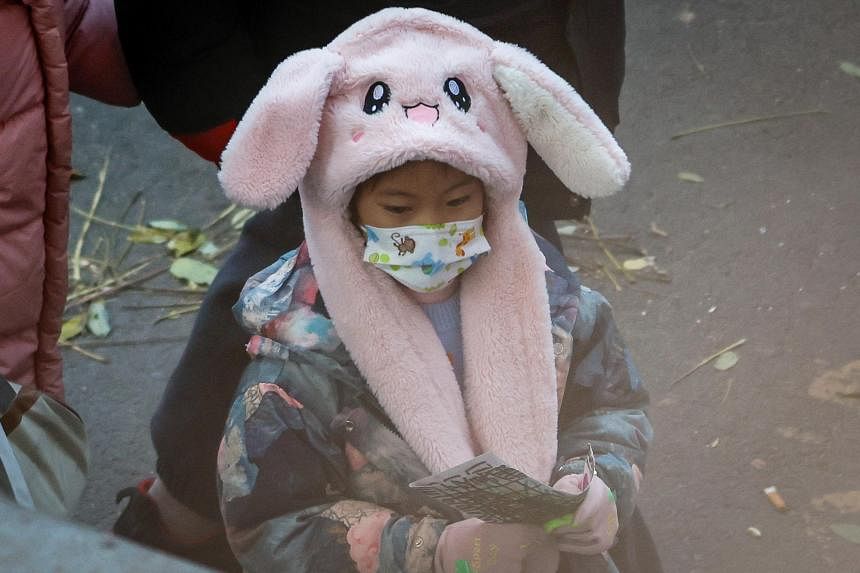Infection
What we know so far about surging cases of respiratory illnesses in China
PARIS – Cases of respiratory illnesses have been surging in northern China, particularly among children, sparking speculation online of a new pandemic threat four years after Covid-19 first emerged in the country.
However, the Chinese health authorities have said the rising infections are a mix of already known viruses and are linked to the country’s first full cold season after strict Covid-19 restrictions were lifted last December.
And while emphasising that the full situation remains unclear, experts say there is little to suggest the cases were caused by a new virus.
Here is what we know so far.
What and where?
On Nov 13, China’s National Health Commission reported a surge of respiratory illnesses, mostly in children.
The Chinese authorities have attributed the rising cases to the end of Covid-19 restrictions, the arrival of the cold season, and the circulation of known pathogens including influenza, mycoplasma pneumonia, respiratory syncytial virus (RSV) and Sars-CoV-2 – the virus that causes Covid-19.
On Nov 20, the public disease surveillance system ProMED – which once issued an early warning about mysterious pneumonia cases that turned out to be Covid-19 – reported that some Chinese hospitals were “overwhelmed with sick children” due to a pneumonia outbreak.
This outbreak was said to be mainly in the capital Beijing, but also in the north-eastern Liaoning province and other areas in China.
Symptoms included fever, lung inflammation without a cough, and pulmonary nodules – lumps on lungs that are usually the result of a past infection. No deaths have been reported.
At a children’s hospital in Beijing on Nov 23, several parents told AFP their children had mycoplasma pneumonia, which is a common cause of pneumonia in children that is readily treated with antibiotics.
What do China and WHO say?
The report triggered memories of the pandemic, with social media users fearing “a new virus coming from China,” or a “new Covid-19”.
On Nov 22, the World Health Organisation – which repeatedly criticised Beijing for a lack of transparency throughout the Covid-19 pandemic – requested more information from China about children suffering from “undiagnosed pneumonia”.
Beijing responded on Nov 23, saying “there has been no detection of any unusual or novel pathogens”, according to a WHO statement.
The WHO has requested more information, noting that China closely monitors trends in viruses such as the flu, RSV and Sars-CoV-2.
China also started monitoring mycoplasma pneumonia for the first time in mid-October, the WHO added.
The WHO said “there is limited detailed information available to fully characterise the overall risk of these reported cases of respiratory illness in children”.
However an increase in such illnesses was to be expected with the arrival of winter, it added.

